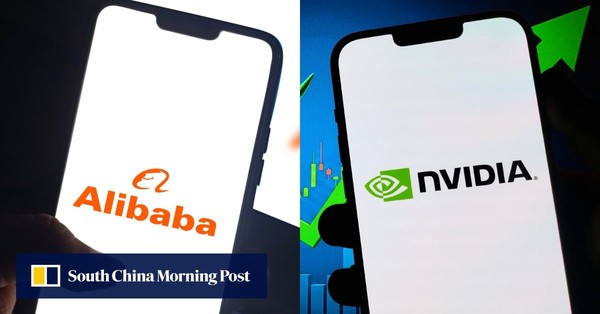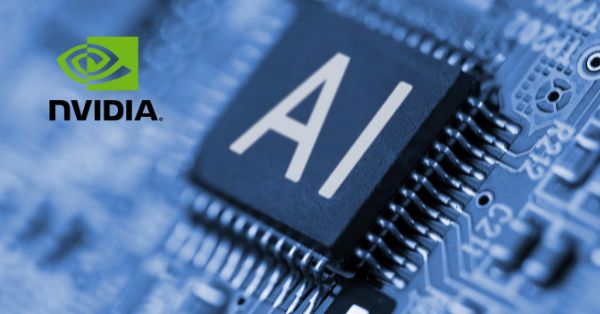- Tech News & Insight
- December 3, 2025
- Hema Kadia
Home » Alibaba
Alibaba
- Tech News & Insight
- September 29, 2025
- Hema Kadia
South Korea is funding a national AI stack to reduce dependence on foreign models, protect data, and tune AI to its language and industries. The government has committed ₩530 billion (about $390 million) to five companies building large-scale foundation models: LG AI Research, SK Telecom, Naver Cloud, NC AI, and
- Tech News & Insight
- September 25, 2025
- Hema Kadia
Alibaba Cloud is integrating Nvidia’s Physical AI toolchain into its Cloud Platform for AI, bringing robotics-grade simulation, training, and deployment capabilities to customers. Alibaba and Nvidia unveiled a partnership that embeds Nvidia’s embodied AI development tools directly into Alibaba’s machine learning platform. The integration targets robotics, autonomous driving, and “connected
- Tech News & Insight
- September 18, 2025
- Hema Kadia
African AI Compute Is Moving Local. Telecom operators and digital infrastructure players are racing to stand up AI-grade capacity on the continent as demand, latency, and data-sovereignty pressures converge. MTN Group is negotiating with US and European partners to co-invest in AI-ready facilities and offer capacity to enterprises across multiple
- Tech News & Insight
- August 24, 2025
- Hema Kadia
Nvidia has reportedly paused production activities tied to its H20 data center AI GPUs for China as Beijing intensifies national-security scrutiny, clouding a long-anticipated reentry into the market. Multiple suppliers have been asked to suspend work related to the H20, Nvidia's made-for-China accelerator designed to meet U.S. export rules. The
- Tech News & Insight
- January 29, 2025
- Hema Kadia
Alibaba Cloud’s Qwen2.5-Max is the latest AI model shaking up the industry, competing directly with GPT-4o, DeepSeek-V3, and Llama-3.1-405B. Featuring a cost-efficient Mixture-of-Experts (MoE) architecture, Qwen2.5-Max lowers AI infrastructure costs by up to 60% while excelling in reasoning, coding, and mathematical tasks. As China’s AI sector accelerates, this release highlights
- Tech News & Insight
- January 29, 2025
- Hema Kadia
DeepSeek AI has emerged as a major competitor to OpenAI, offering a low-cost, efficient AI chatbot that has soared to the top of the Apple App Store. Founded in China, DeepSeek’s compute-efficient AI models, aggressive pricing, and open-source approach have disrupted the industry. With AI advancements like DeepSeek-R1 for reasoning
TeckNexus Newsletters
I acknowledge and agree to receive TeckNexus communications in line with the T&C and privacy policy.
Whitepaper
Private cellular networks are transforming industrial operations, but securing private 5G, LTE, and CBRS infrastructure requires more than legacy IT/OT tools. This whitepaper by TeckNexus and sponsored by OneLayer outlines a 4-pillar framework to protect critical systems, offering clear guidance for evaluating security vendors, deploying zero trust, and integrating IT,...

Whitepaper
Telecom networks are facing unprecedented complexity with 5G, IoT, and cloud services. Traditional service assurance methods are becoming obsolete, making AI-driven, real-time analytics essential for competitive advantage. This independent industry whitepaper explores how DPUs, GPUs, and Generative AI (GenAI) are enabling predictive automation, reducing operational costs, and improving service quality....

Whitepaper
Explore how Generative AI is transforming telecom infrastructure by solving critical industry challenges like massive data management, network optimization, and personalized customer experiences. This whitepaper offers in-depth insights into AI and Gen AI's role in boosting operational efficiency while ensuring security and regulatory compliance. Telecom operators can harness these AI-driven...

Check Private Network Readiness
Industry Vertical Specific Deep-Dive Assessment

Manufacturing
$750
250 questions based assessment and insights
$750
Utilities
$500
65+ questions based assessment and insights
$500
Mining
$500
160 questions based assessment and insights
$500
Aviation
Coming Soon
75+ questions based assessment and insights
Coming Soon
Ports
Coming Soon
75+ questions based assessment and insights
Coming Soon* Prices does not include tax
















